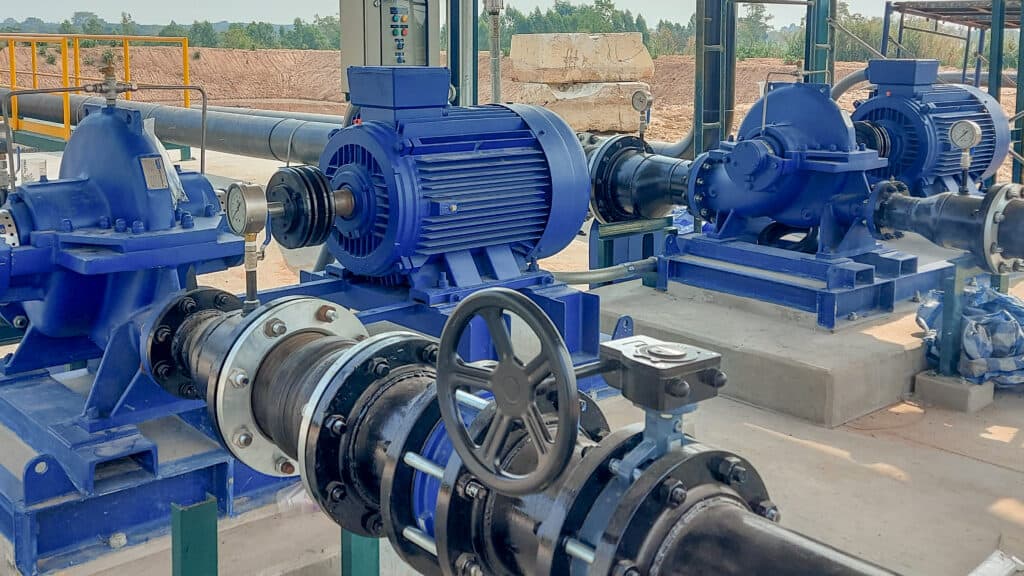Also known as a drilling mud pump, this positive displacement pump plays a crucial role in recirculating drilling fluid at high pressure during drilling operations.
Engineered to meet API standards, it ensures efficient drilling processes in various applications, including tunnelling, mining, water well drilling, construction, environmental remediation, pipeline operations, geothermal operations, gas extraction, drilling operations, and hydraulic fracturing.
Advantages
- Enhanced safety features for reliable operation in demanding environments.
- Highly productive and efficient performance, enhancing overall drilling efficiency.
- Precision accuracy, crucial for achieving drilling objectives accurately.
- Versatility in both applications and sizes, catering to diverse industry needs.
Disadvantages
- Relatively expensive compared to alternative pumping solutions.
- Consumes substantial energy, contributing to operational costs.
- Generates considerable noise levels, requiring noise mitigation measures in some settings.

